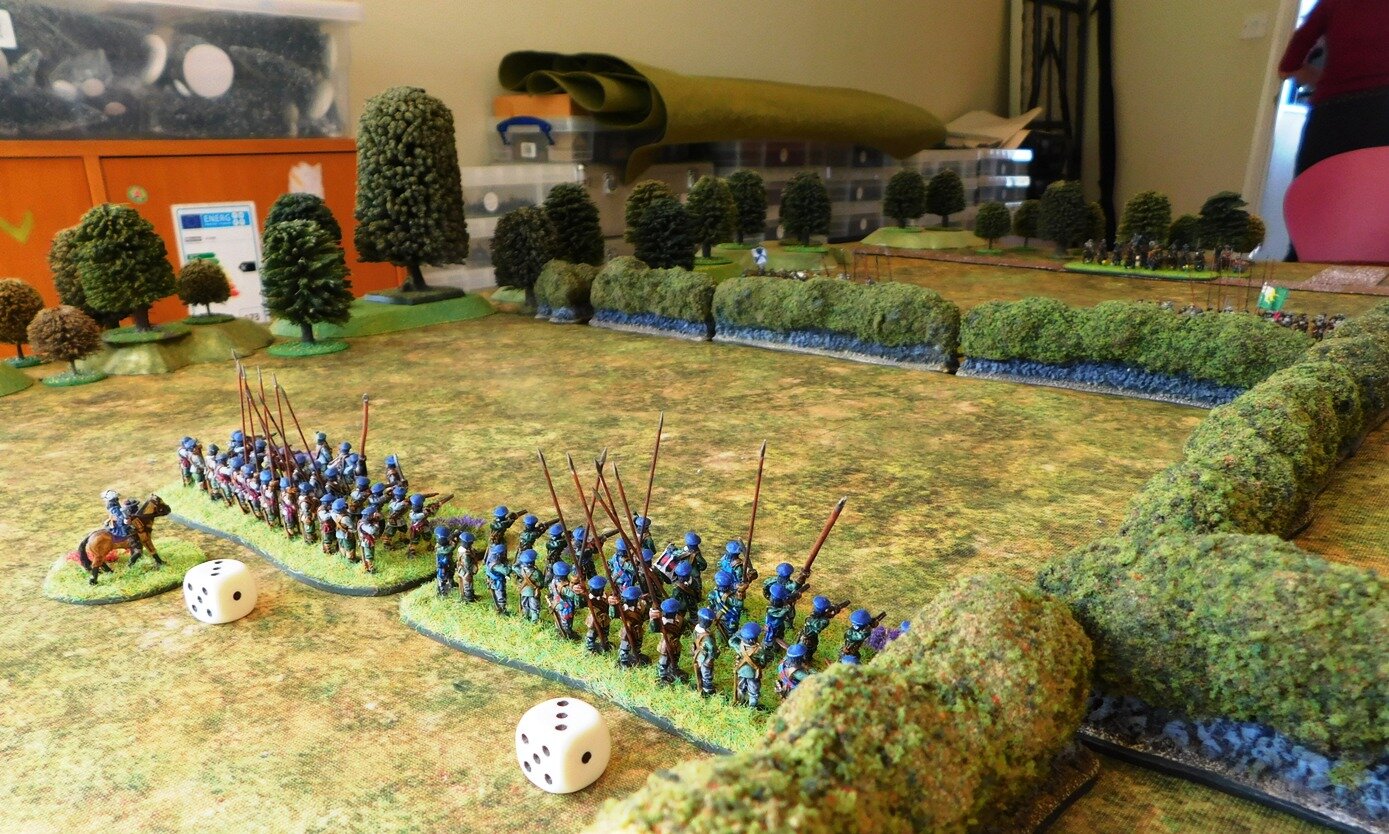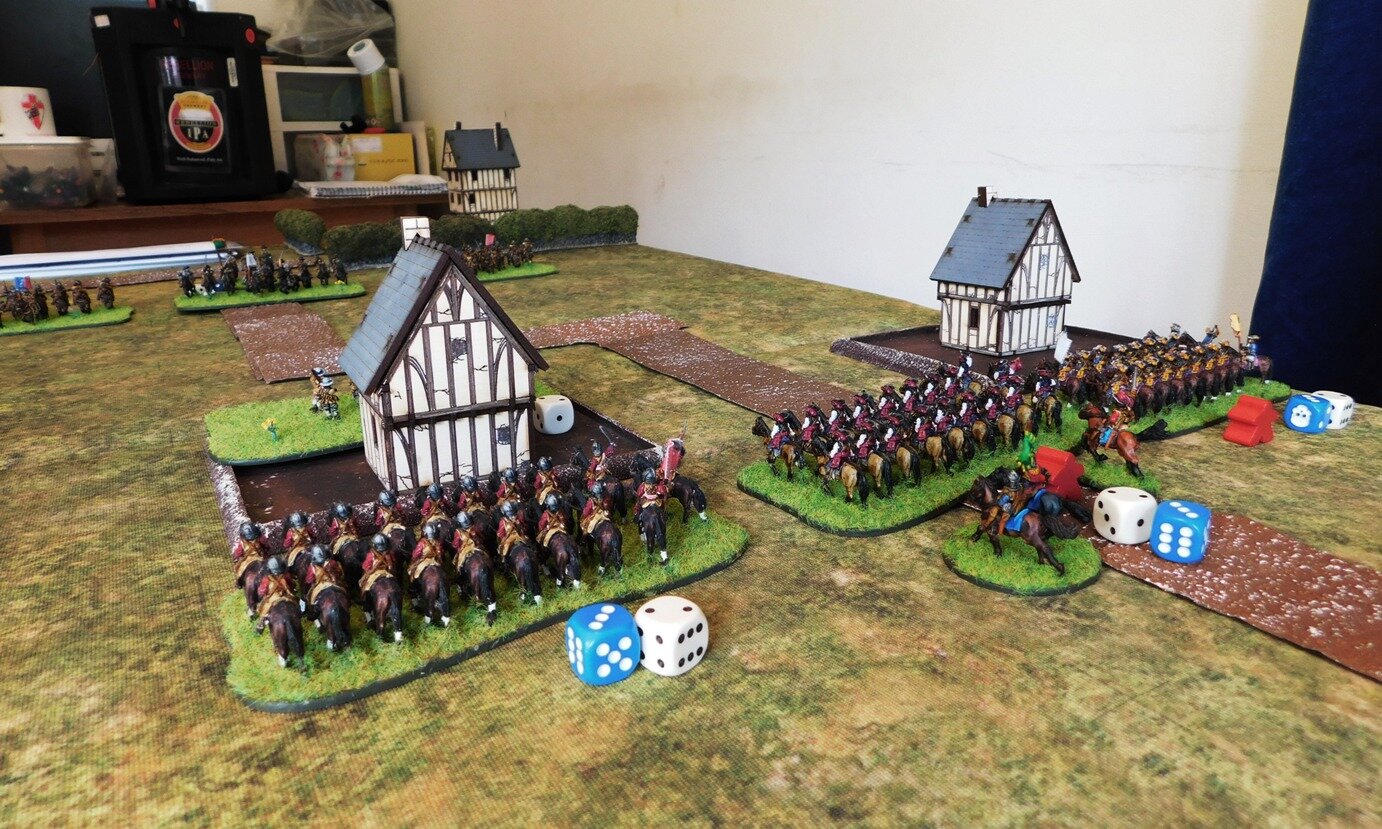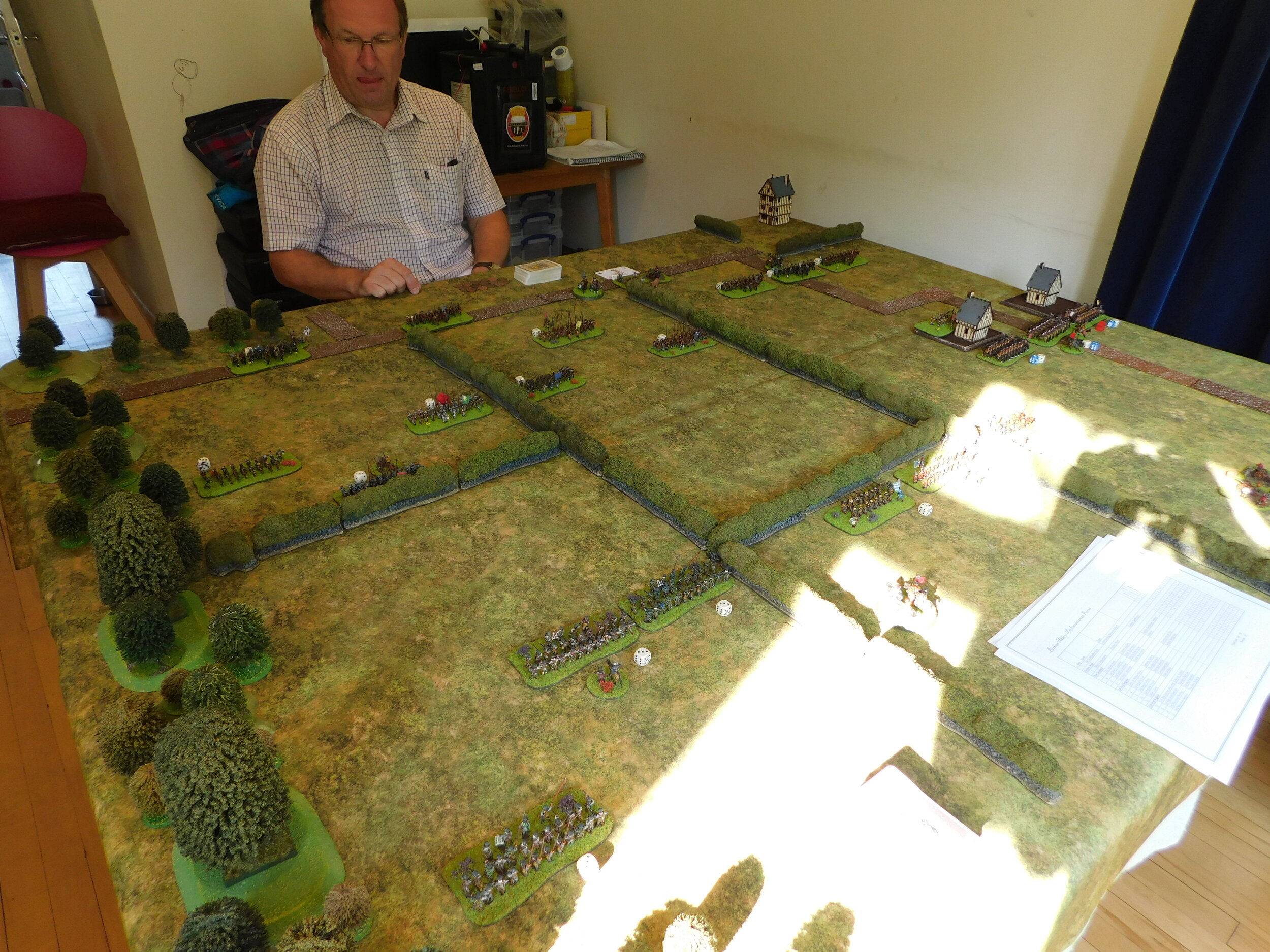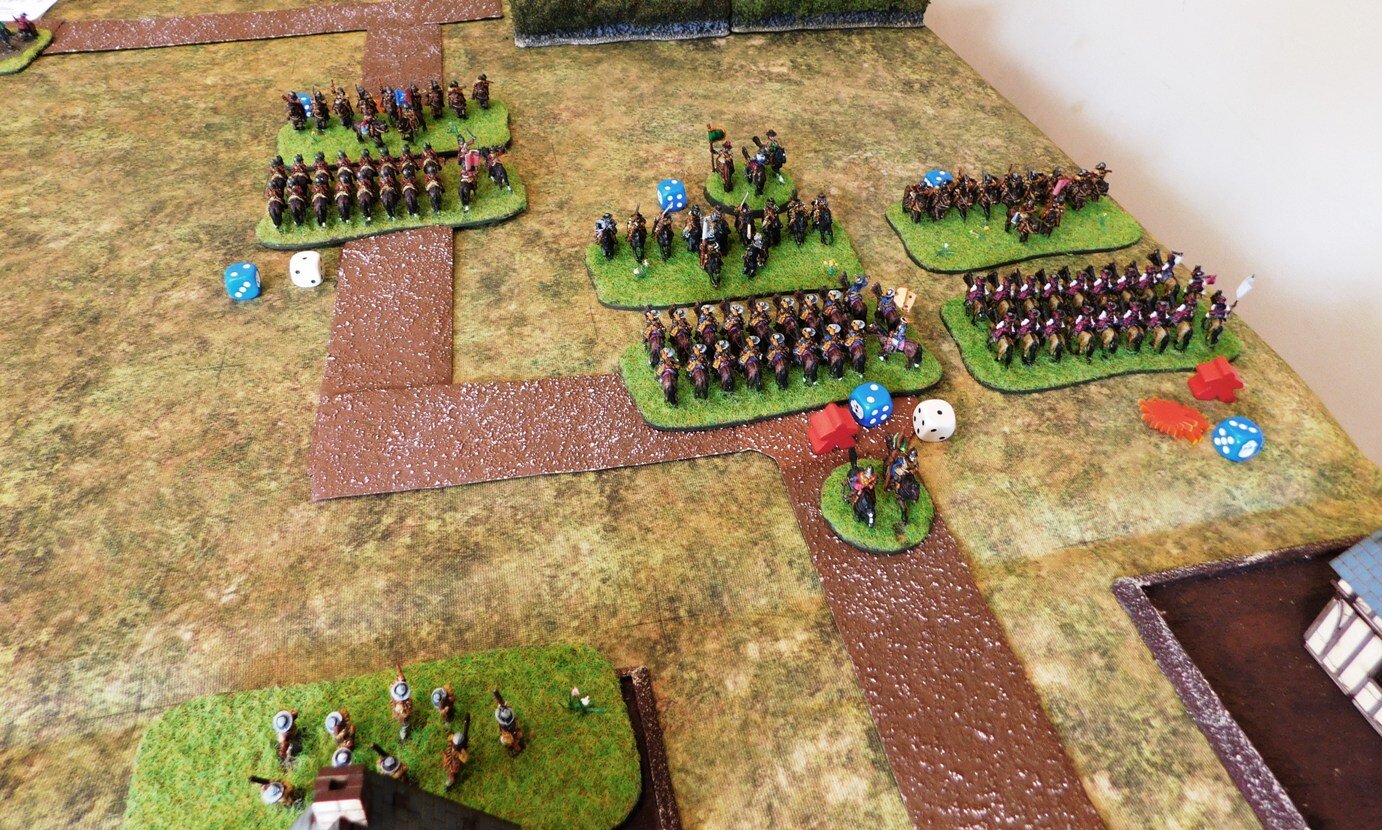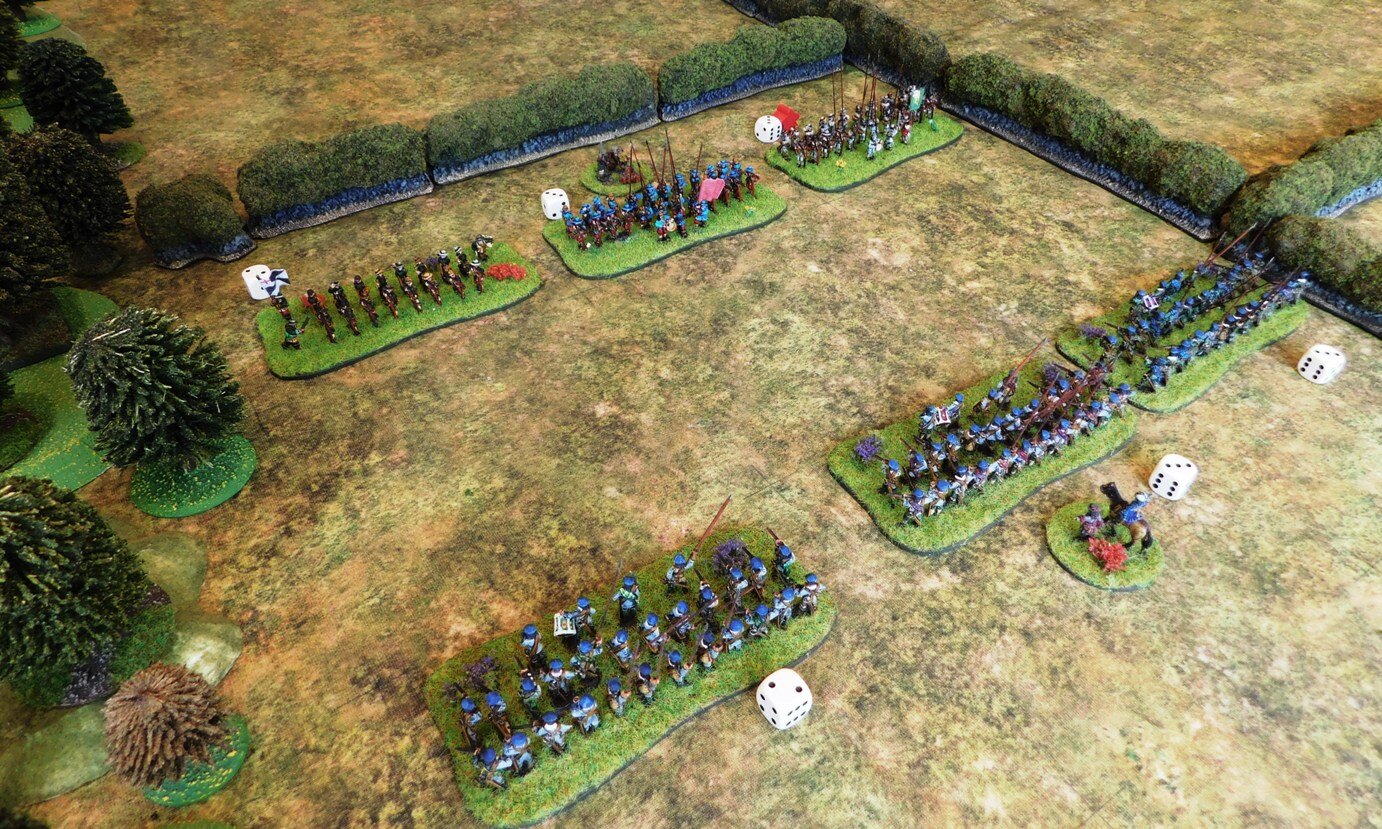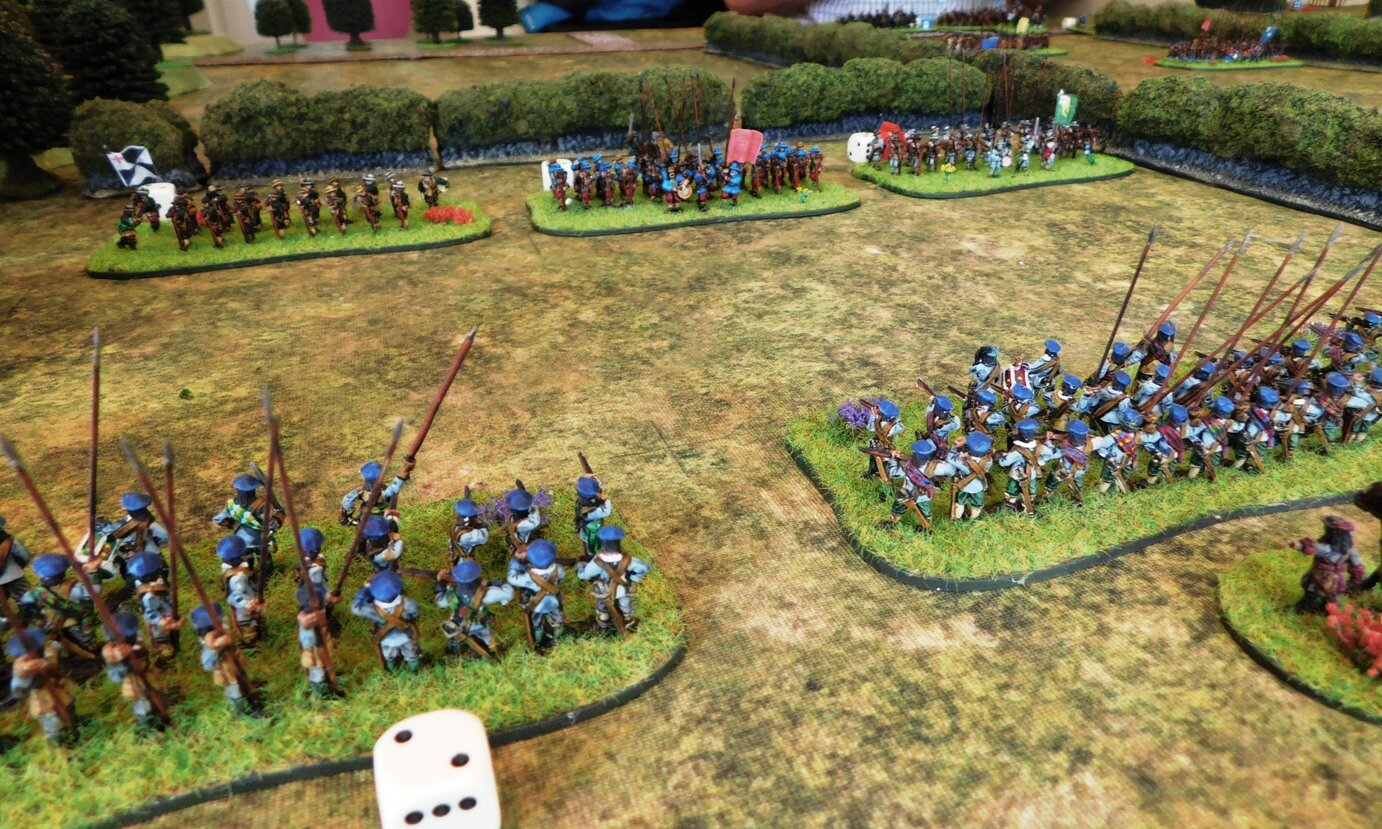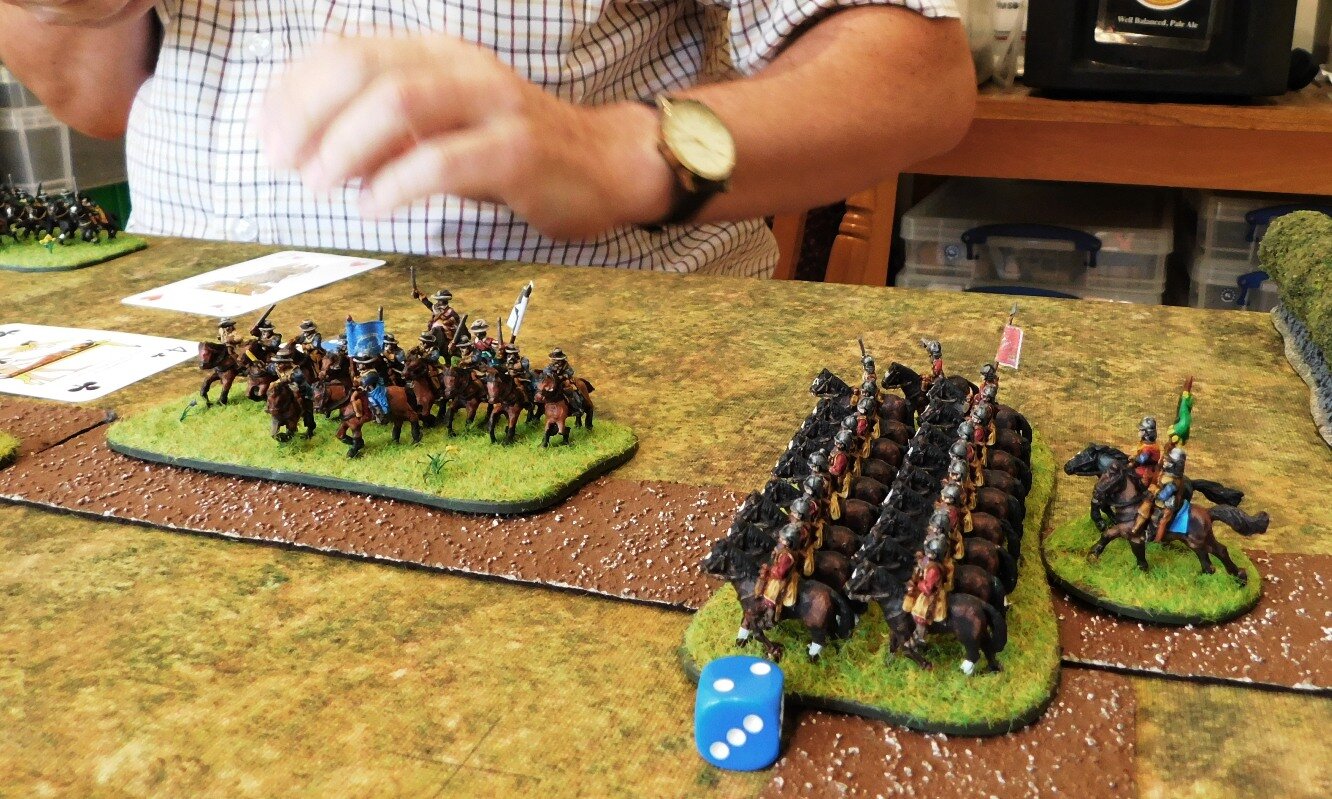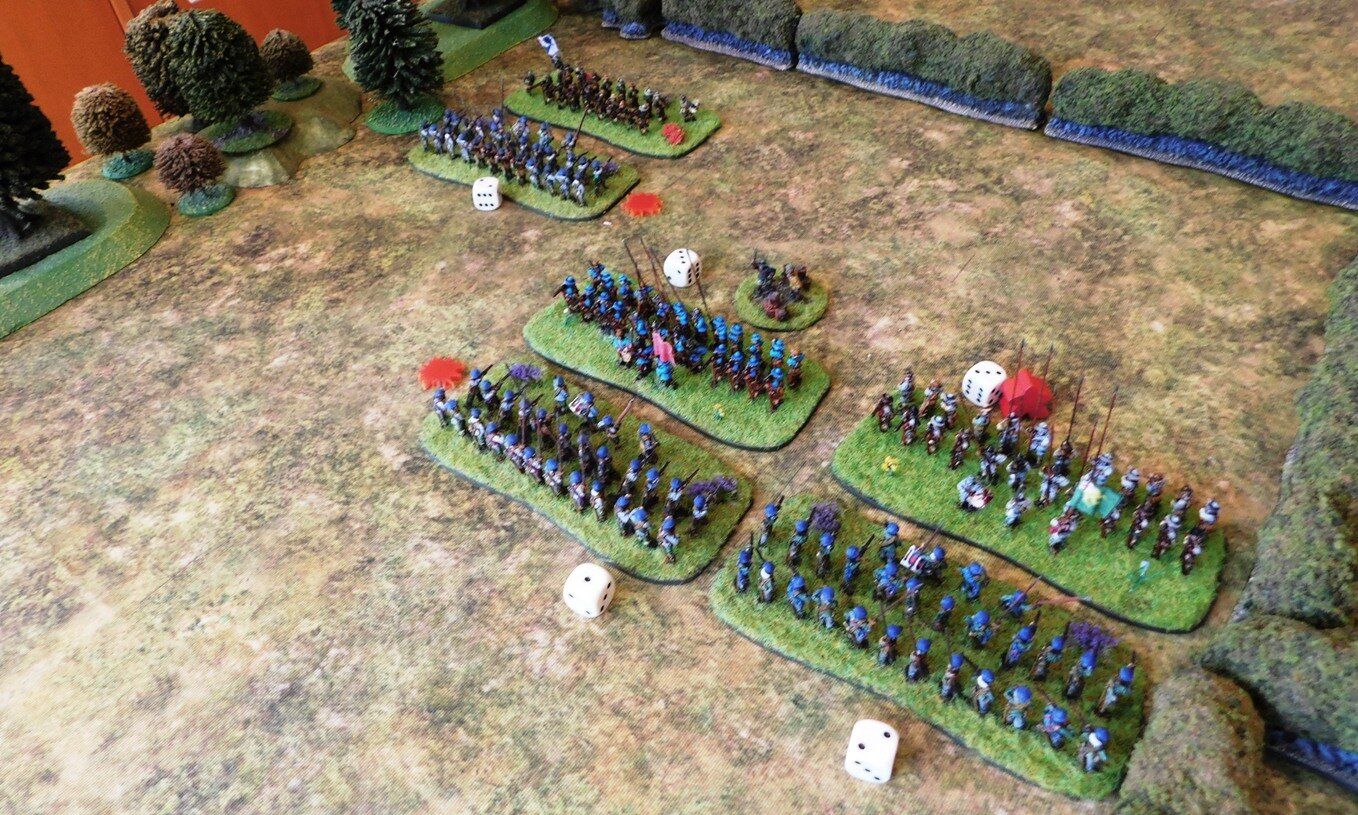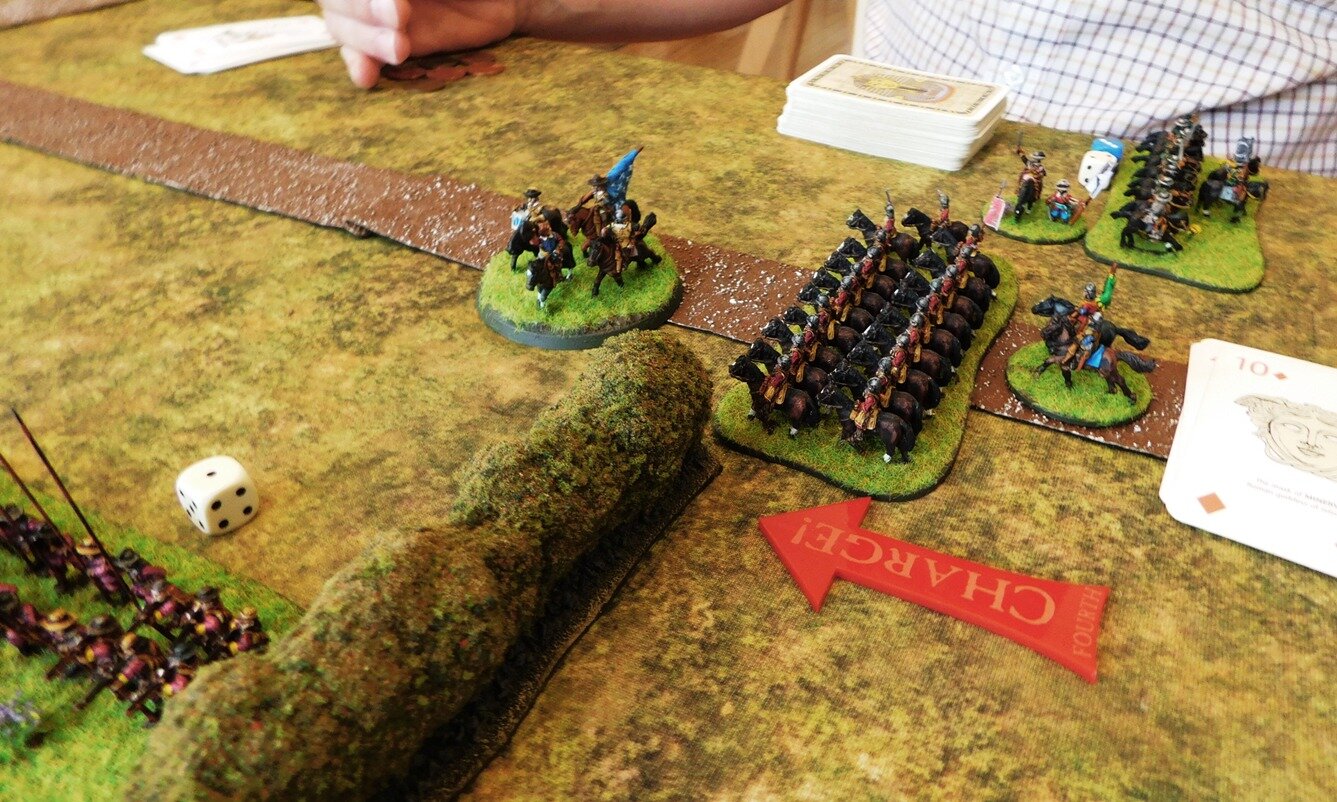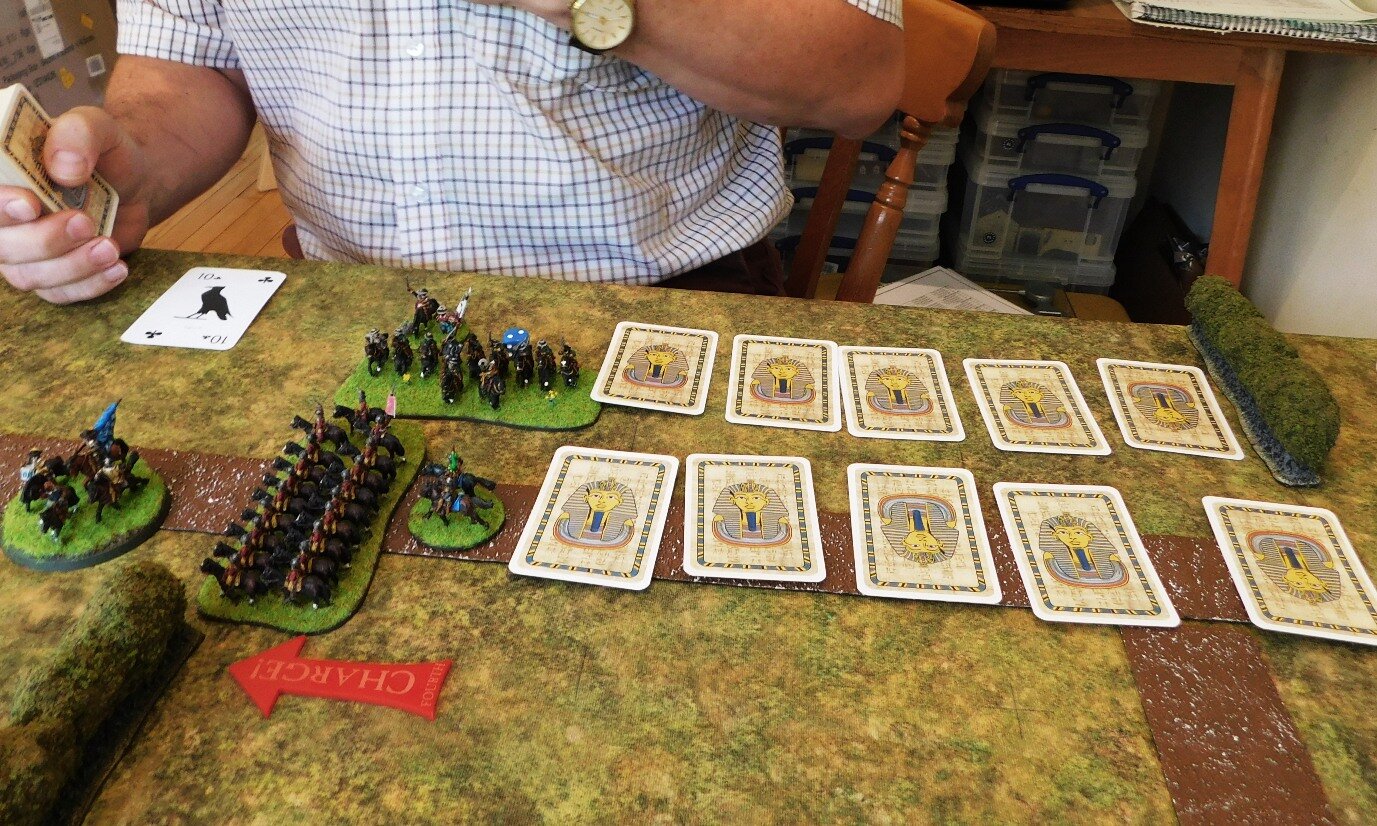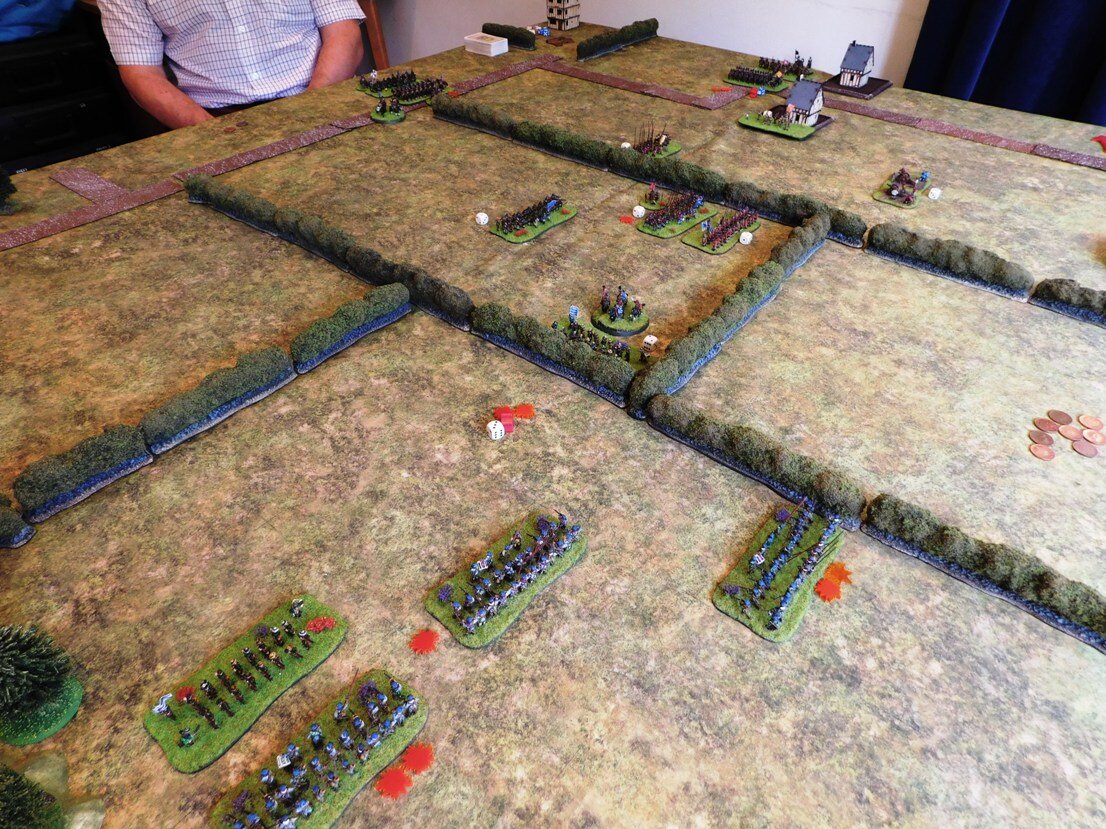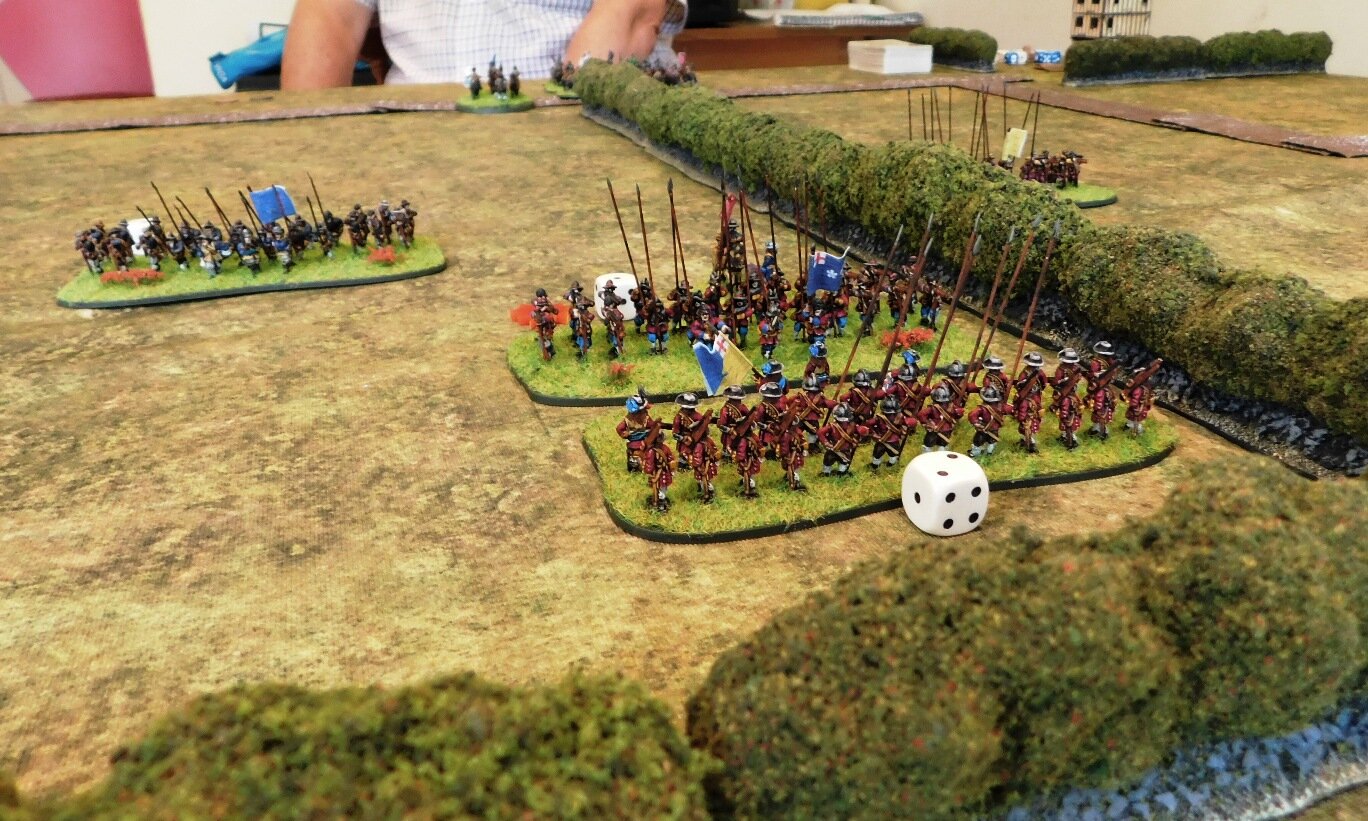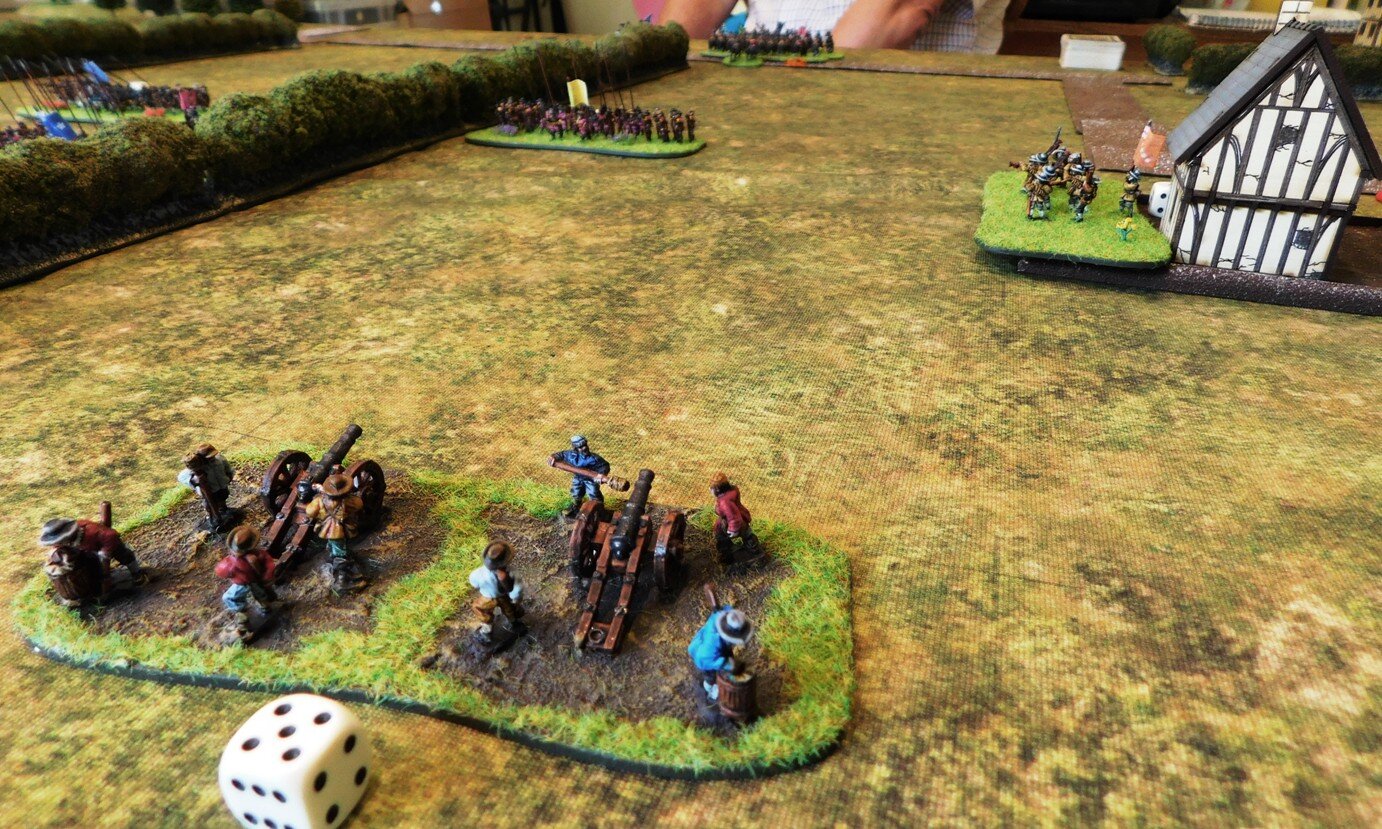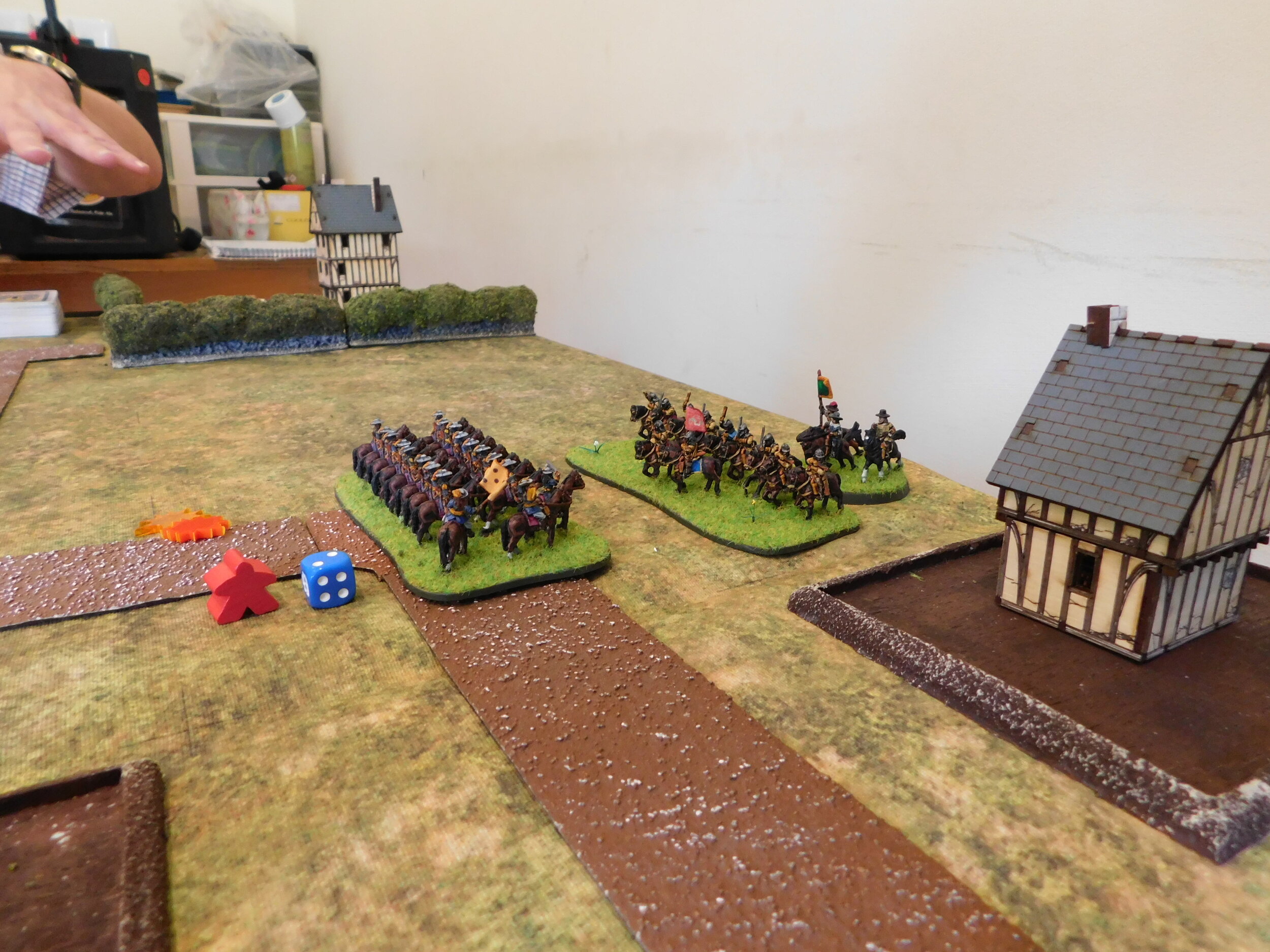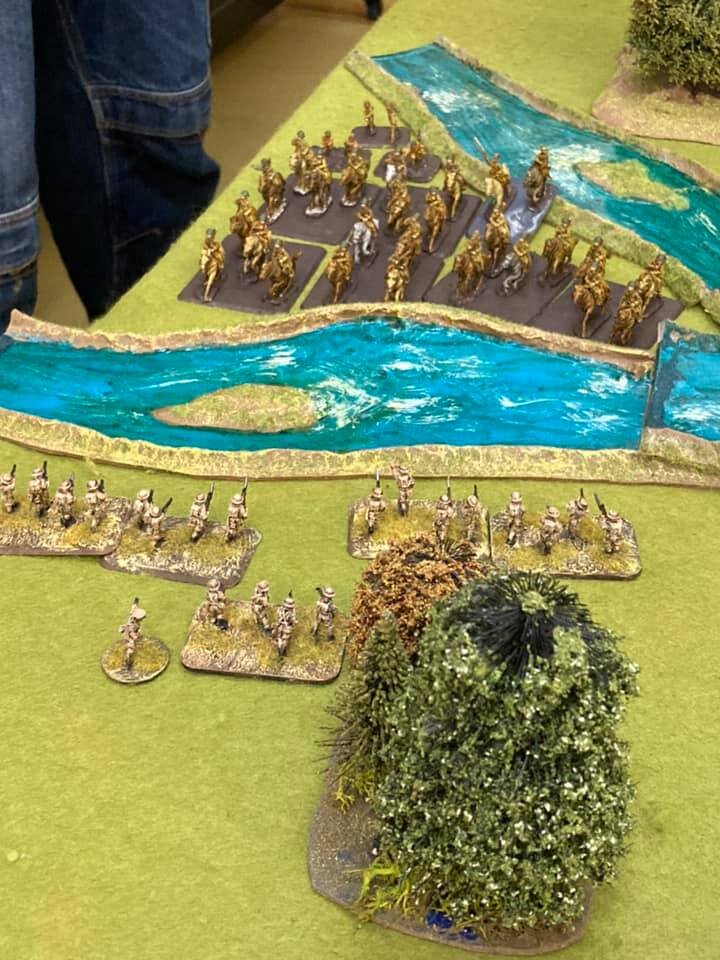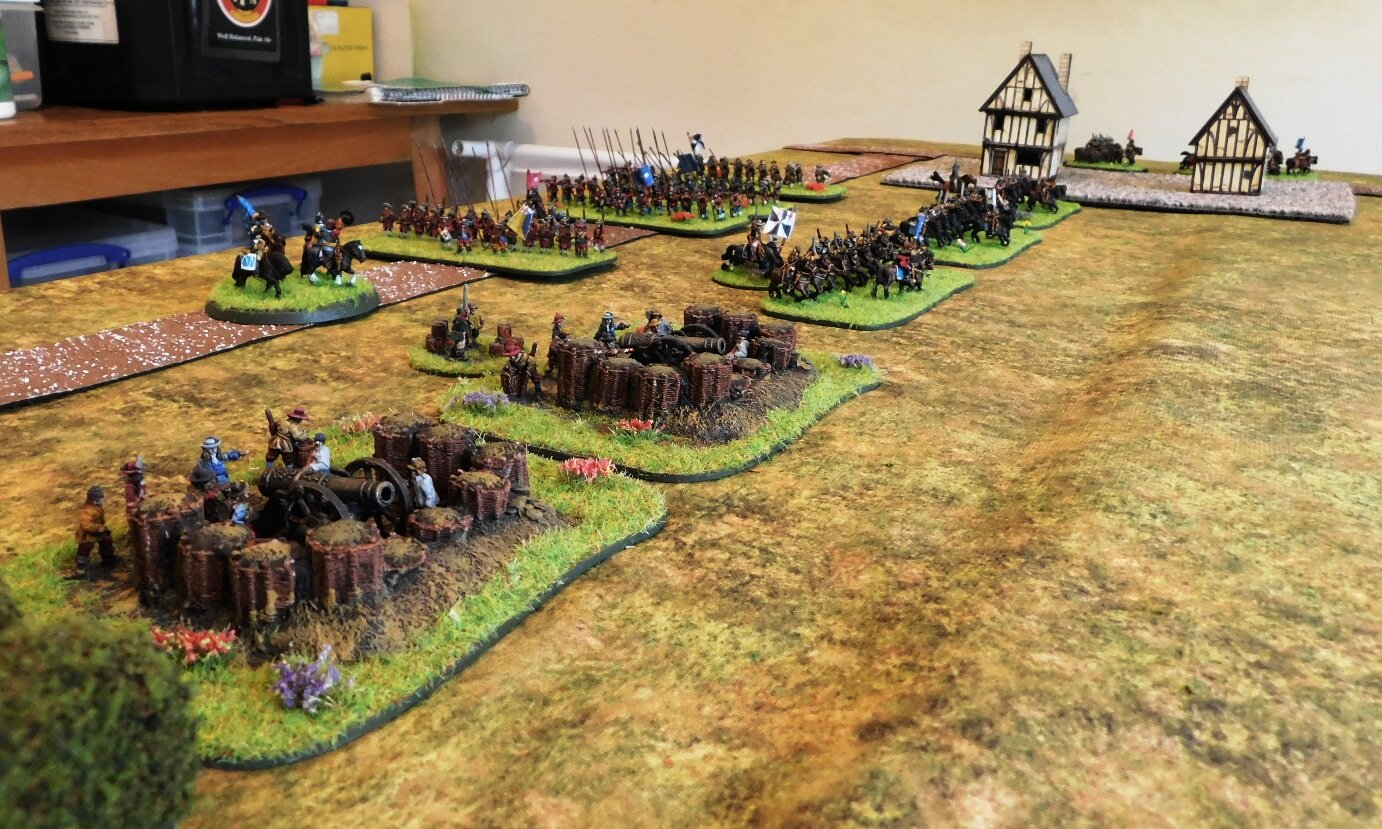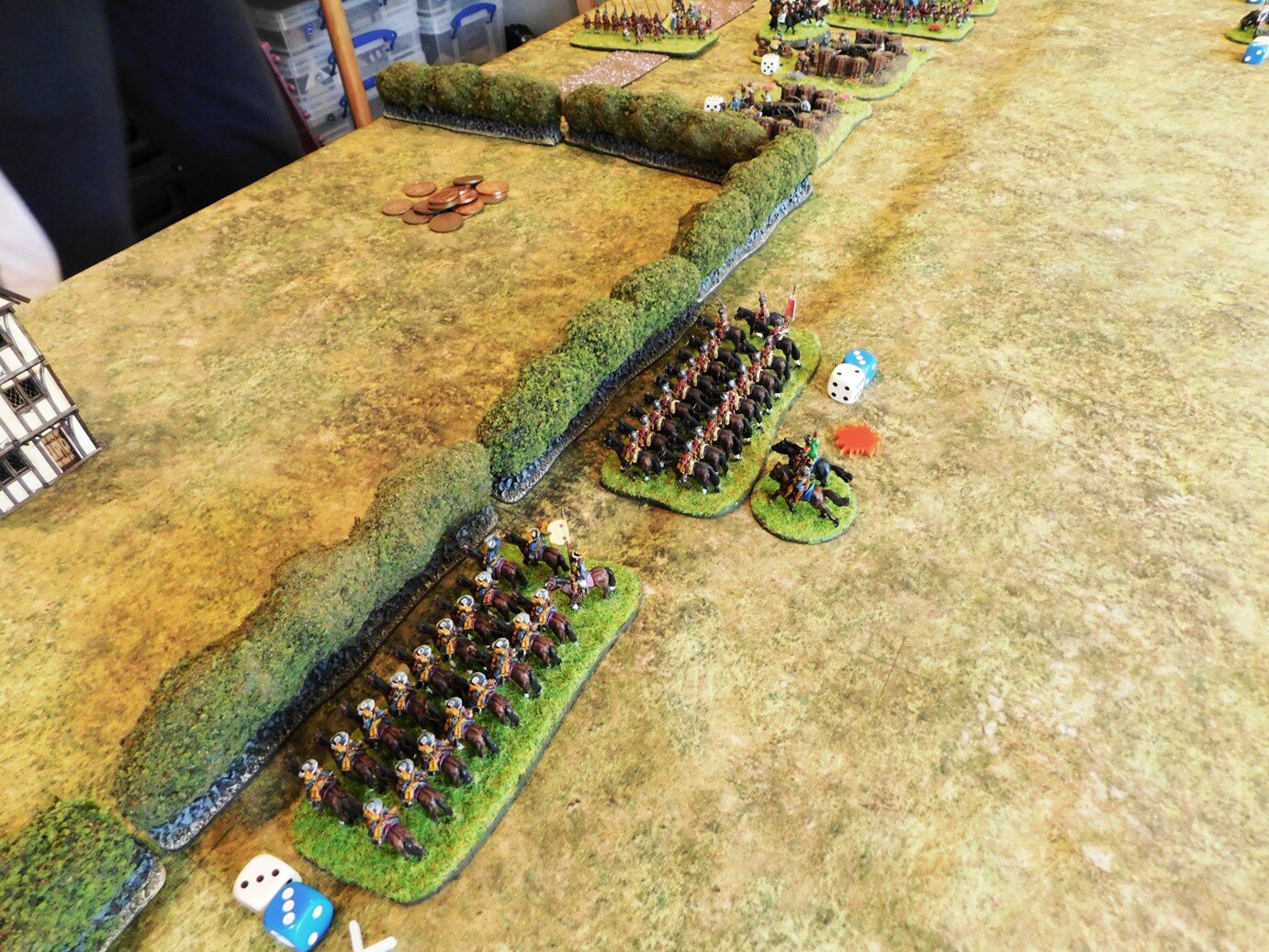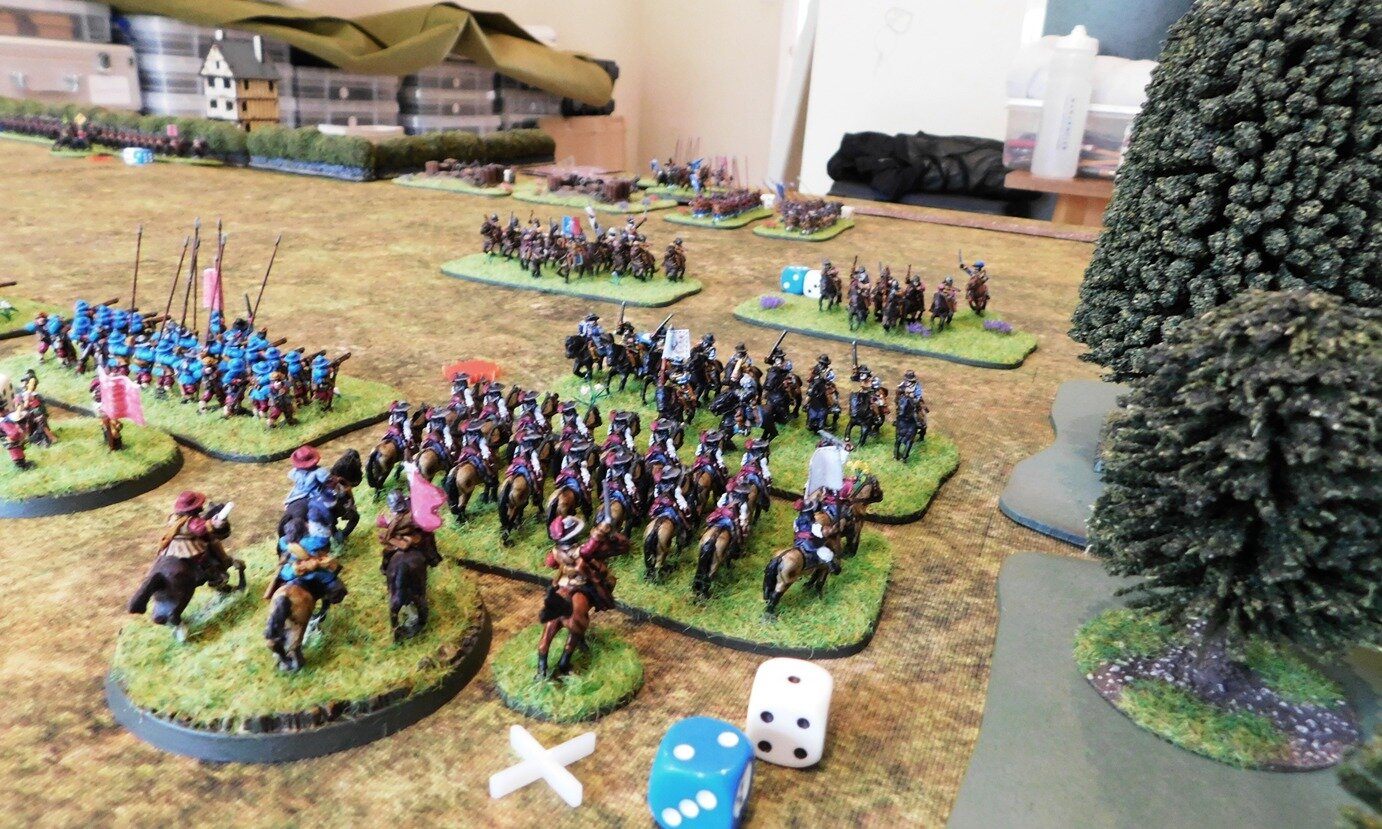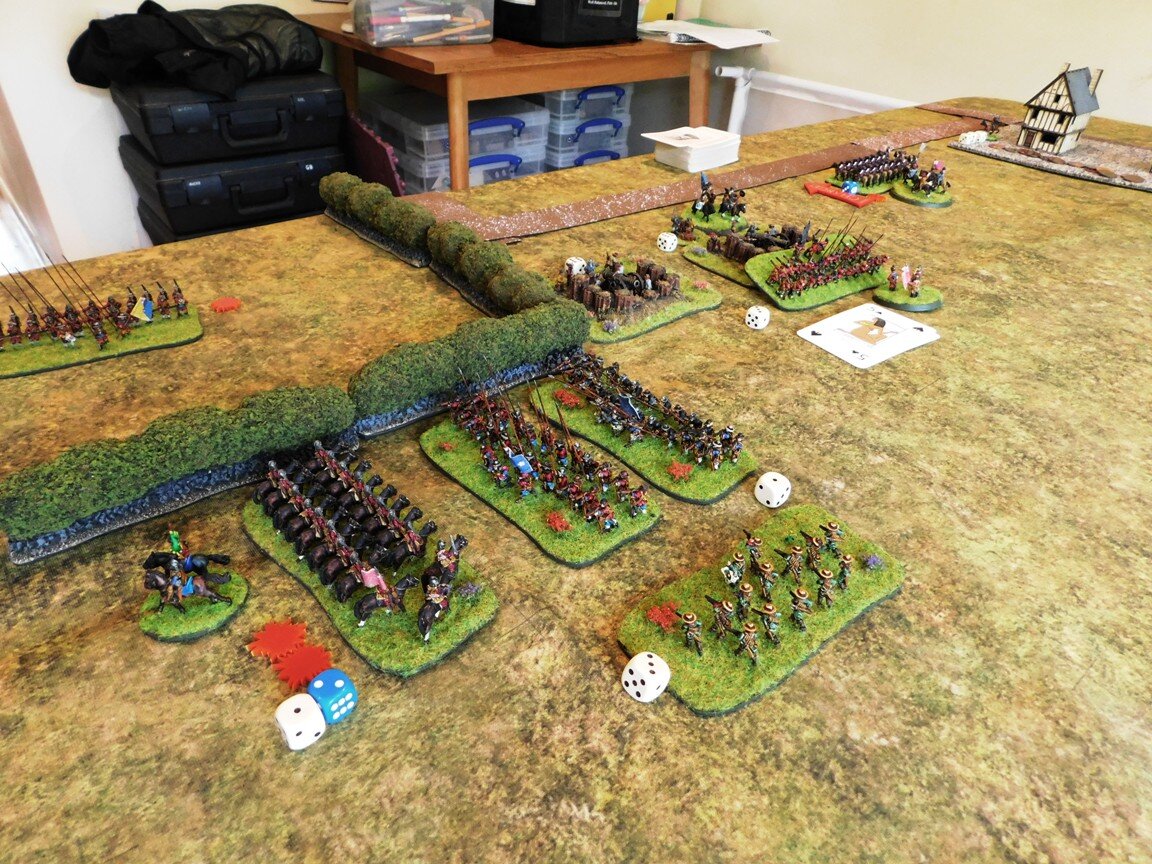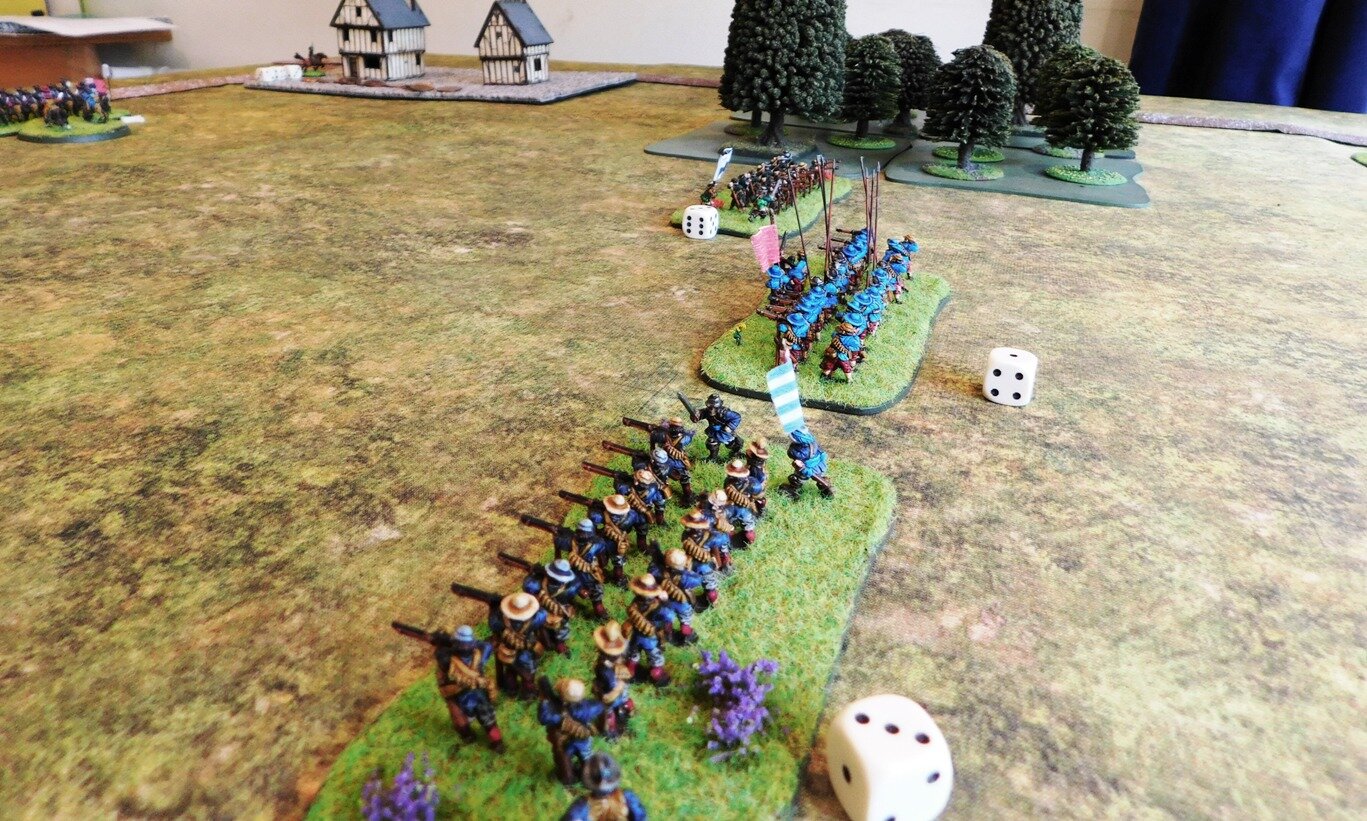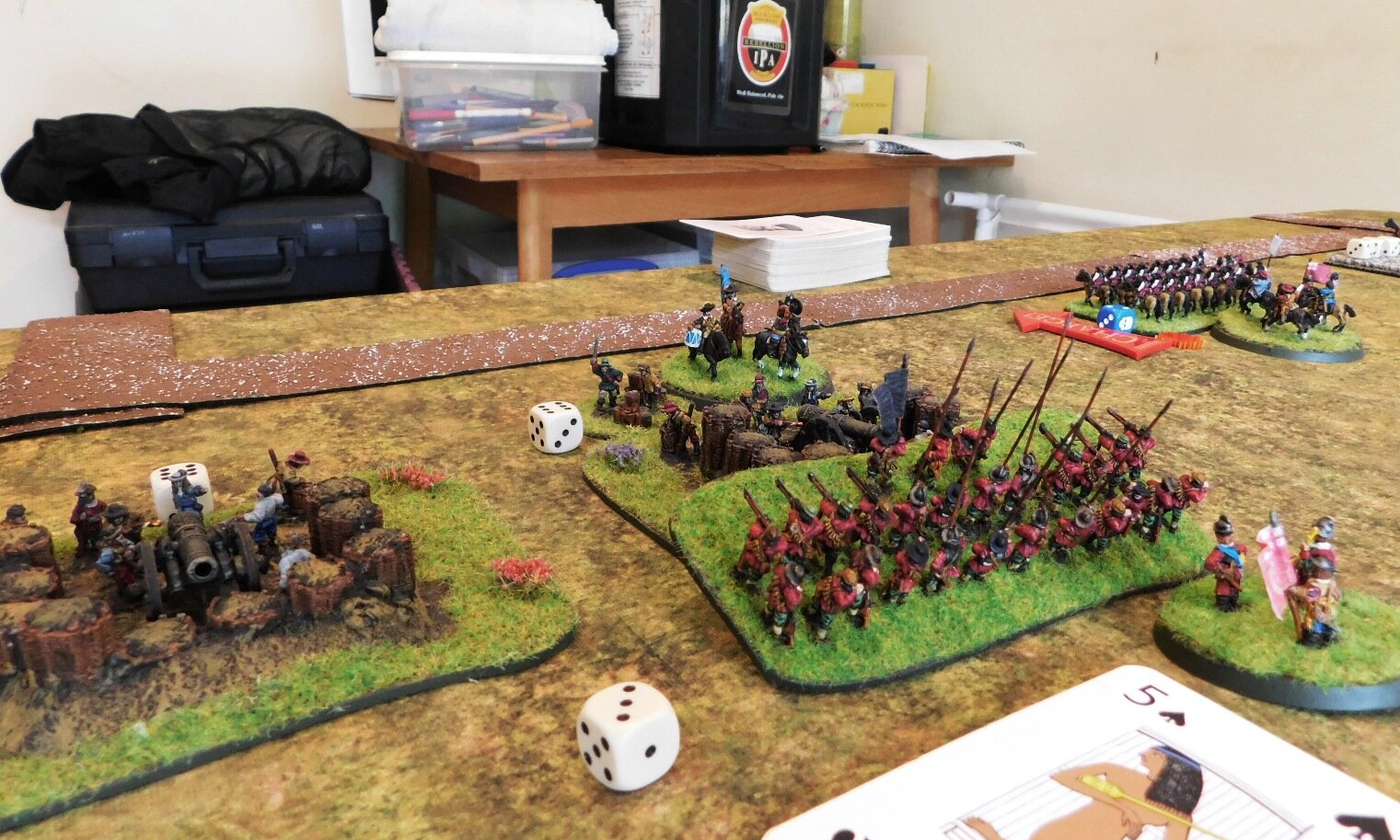I’m just finishing off a few more bits and pieces for my 15mm Marian Roman army before starting on the second legion (another 120 legionaries!). One of the units I need is the legionary ballistae or bolt-throwers.
Those of you who have been following this site will know that I am using Baueda figures for my Marian Romans, but Baueda don’t do any artillery yet, so it was back to the ever-reliable Peter Pig to pick up a couple of packets. That’s one of the things I like about the Pig: you can buy a big army, or you can buy a small packet or two to fill a gap.
The Pig don’t do Marian Romans, but they do have a very nice range of Early Imperial types. Yes these chaps would therefore be in lorica segmentia rather than mail, but maybe they were testing the prototypes of the new armour being introduced. As I understand it, the ballistae were manned by odds and sods from the 10th Cohort, so why shouldn’t they be dressed slightly differently!
The packs duly arrived and, on first glance, looked a bit small compared to the Baueda figures. This was, however, an illusion caused by pose and lack of helmet crest. They go together pretty well: certainly not badly enough to make a difference on the tabletop. I’ve just double checked the case I store them in, where they are next to Baueda figures: no real difference except, as mentioned, the helmet crest effect.




